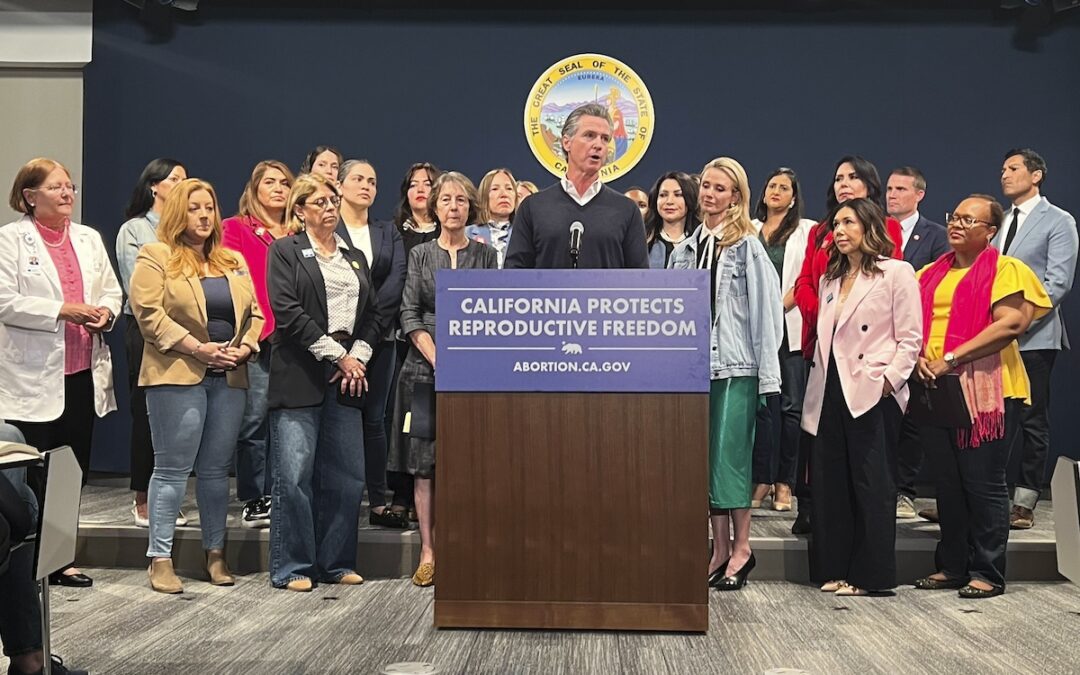
AP Photo/Ross D. Franklin
“We didn’t choose Phoenix because we thought it was the most likely place. We think it’s the most dangerous place.”
WASHINGTON – Thousands would die, and hundreds of thousands would require emergency medical care if a blackout hit Phoenix at the same time as a multiday heat wave, according to a recent study.
The study published last month in the journal Environmental Science & Technology predicted what might happen if the five-day Phoenix heatwave of July 2006 repeated itself and the electrical grid failed at the same time.
It estimates that about 1% of the population, or 13,250 people, would die, and half the city, or 816,570 people, would be put in emergency rooms if power was completely out for two days, then slowly restored throughout the region over the next three.
“We’re really not prepared for this on the federal state or local level,” said Brian Stone Jr., lead author of the study.
RELATED: Biden Administration Awards $15 Million to Protect Arizona’s Public Lands
Emergency management and power company officials said the chances of a crippling heat wave coinciding with a massive power grid failure are remote, and that the desert city “is very well prepared.”
“We plan for 117-degree temperatures,” said Justin Joiner, vice president of resource management for Arizona Public Service. “And we acquire another 15% additional resources on top of what we feel we’re going to need for 117-degree temperatures.”
Stone acknowledged that it’s unlikely that extreme weather will coincide with a massive power failure, but he also noted that unlikely power and weather problems have coincided in other cities and Phoenix should be forewarned.
“We know that the grid around Phoenix and Arizona is pretty resilient because it is so important that this be a low-probability event. But we have seen really low probability, extensive blackouts,” said Stone, a professor in the School of City and Regional Planning at the Georgia Institute of Technology.
“We didn’t choose Phoenix (for the study) because we thought it was the most likely place,” he said. “We think it’s the most dangerous place.”
The study looked at heatwaves of historical intensity in Detroit, Atlanta and Phoenix and simulated what would happen if there was a power outage at the same time. It predicted that death rates would more than double if power was out during a heatwave in Detroit and Atlanta, but that it would rise around 700% in Phoenix.
RELATED: Supreme Court Clean Water Ruling Has Arizona Ranchers and Environmentalists at Odds
The study attributes Phoenix’s higher death rate to the region’s sharply higher temperatures, combined with its reliance on air conditioning – more than 90% of the city’s residences have air conditioning, it said.
Stone said the people “who are most vulnerable are those that are acclimated to have air conditioning all the time.”
Stone’s study cites the city’s unhoused residents – who year-round have little or no access to air conditioning – noting that 1.6% of them died due to heat in 2021. It estimates that about 1% of all Phoenix residents would succumb if a heatwave and blackout coincided.
Heat-related deaths and illnesses will likely double by 2085 as climate change increases the likelihood of more extreme heatwaves and more frequent blackouts, Stone said.
The report comes as the Valley faces what could be hotter-than-normal summer: The National Oceanic and Atmospheric Administration’s three-month outlook forecast said there is a 40% to 70% chance that temperatures in Arizona will be higher than normal.
RELATED: Gov. Hobbs Says Arizonans Won’t ‘Be Forced to Cut Their Water Use’ Because of Colorado River Plan
But Brian Lee, director of Phoenix’s Office of Emergency Management, said the city is ready.
“We have emergency operation plans in place to be able to respond to virtually any type of an incident that may arise within the city of Phoenix,” Lee said.
A separate report released earlier last month by the North American Electric Reliability Corp. warns that two-thirds of North America, including the western US, is at risk of energy supply shortages during temperature spikes this summer.
Joiner said if an extreme blackout were to expand across the large geographic footprint of Phoenix, APS would be able to “import power from hundreds of miles away.” The utility provides power for more than 1.3 million homes and businesses in 11 of Arizona’s 15 counties.
Stone’s study suggests long-term solutions, including tree-shading canopies across the city’s streets would reduce heat mortality by 27% and reflective cooling roofs on all city buildings, which would reduce deaths by 66%.
Lee encourages all residents to have a plan of action in case the city faces either a heat wave or a blackout – or both at the same time. Plan for transportation, know where cooling centers may be located and wear protective clothing and sunscreen.
“We would also encourage that the public have a plan as well,” Lee said.
For more stories from Cronkite News, visit cronkitenews.azpbs.org.
Looking for the latest Arizona news? Sign up for our FREE daily newsletter.
Politics

Democrats successfully force vote on repealing 1864 abortion ban, passes House
The Arizona legislature moved forward two bills Wednesday that would repeal the state’s 1864 abortion ban. A bill to repeal the ban has been...

State Official: 1864 abortion ban gives Arizona ‘black eye’
Arizona’s role at the forefront of the climate crisis, defending democratic elections, and protecting reproductive rights has caught the attention...
Local News

Arizona Sens. Anthony Kern, Jake Hoffman, indicted for fake election scheme
Eighteen individuals involved in a conspiracy to overturn Arizona’s election results in 2020 were indicted by a grand jury Wednesday and charged...

Gov. Gavin Newsom wants to let Arizona doctors provide abortions in California
California law generally allows abortion up to the point of fetal viability, which is around 24 weeks. SACRAMENTO, Calif. (AP) — Arizona doctors...




